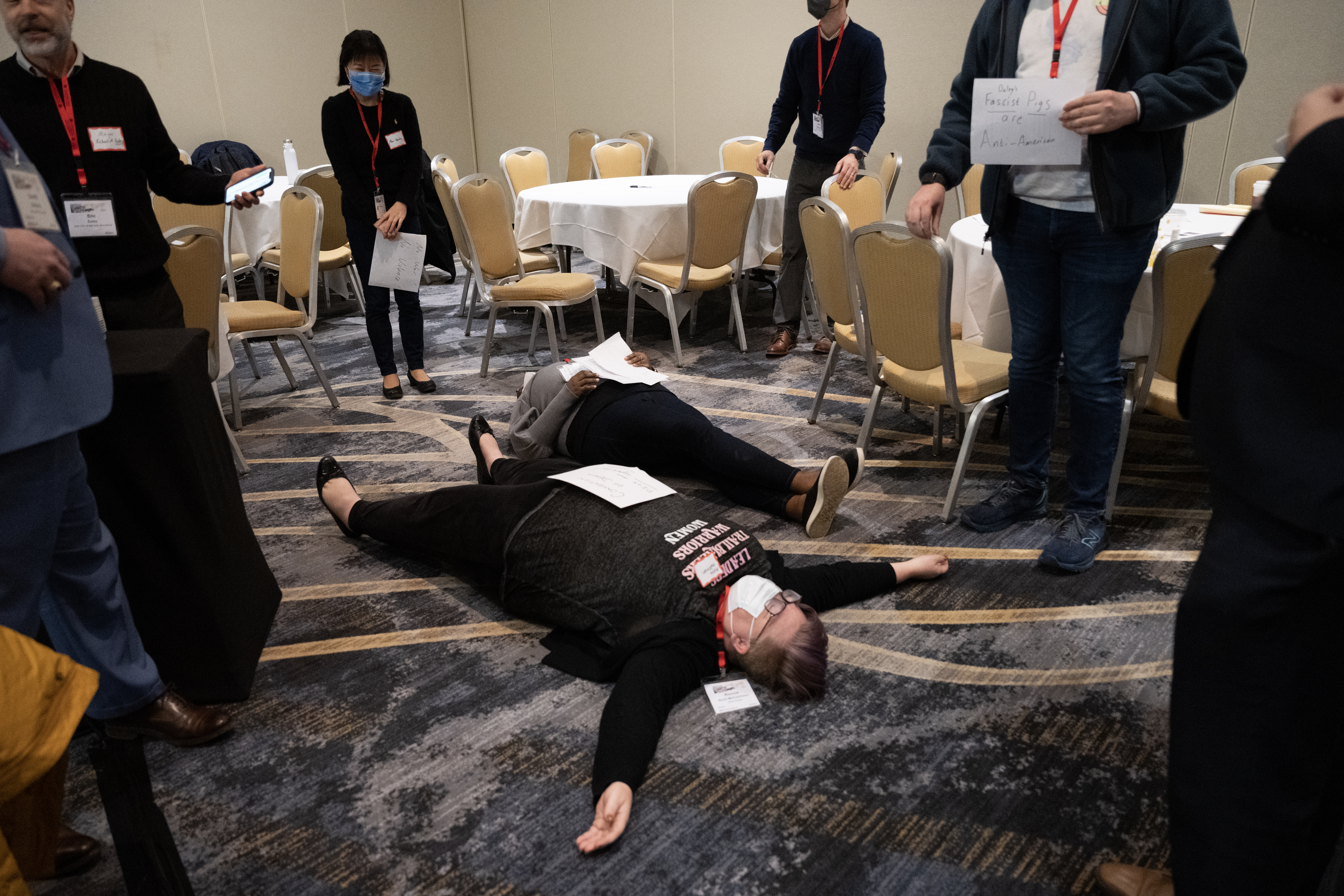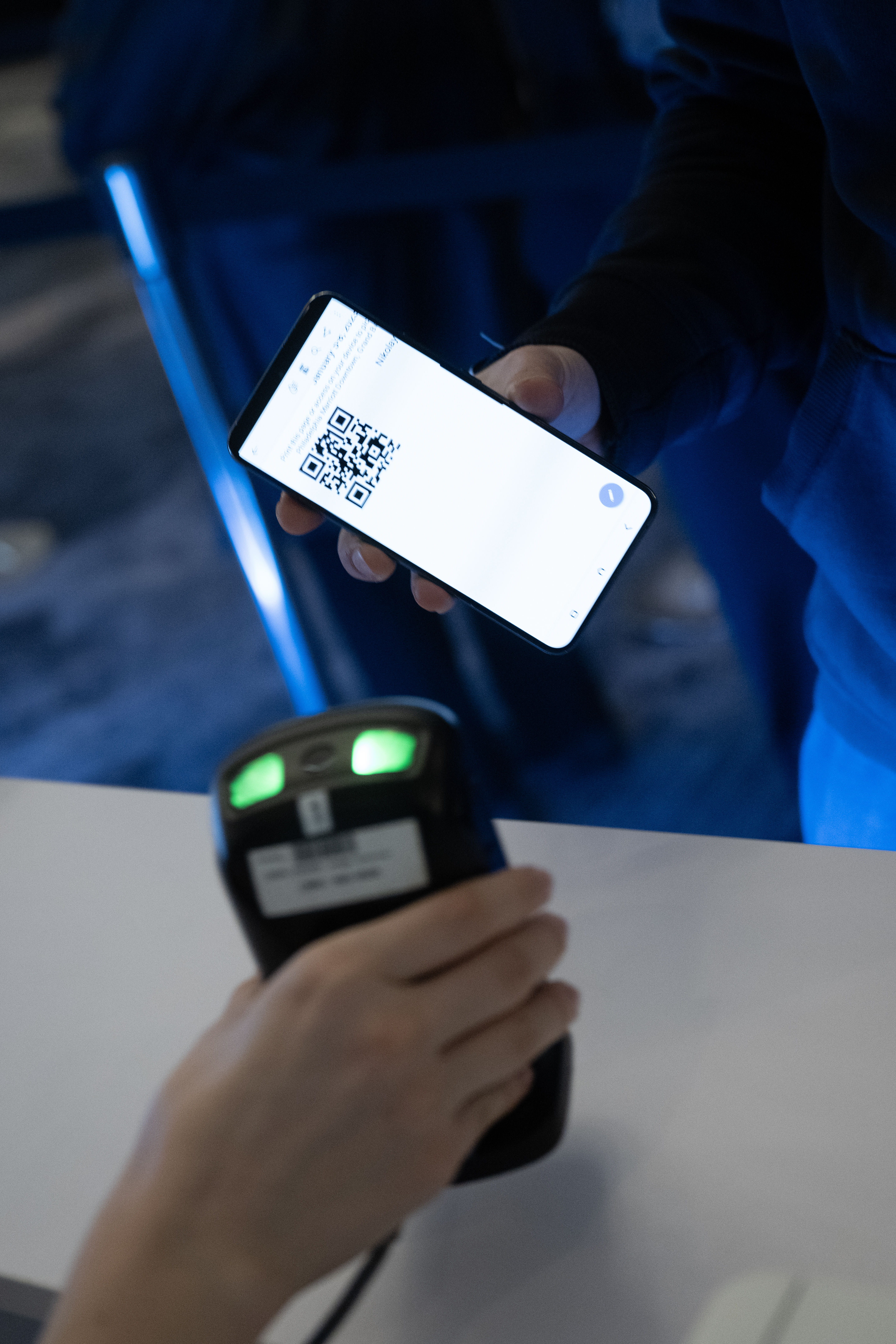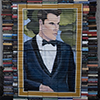Annual Meeting , Perspectives Daily
Photographing the AHA Annual Meeting
An Interview with Marc Monaghan
Marc Monaghan is a documentary photographer based in Chicago. His work focuses on the daily life of the people of the South Side of Chicago, and his photos have been featured in outlets such as the AtlanticOnline, ProPublica, WBEZ, Chicago Reader, and the Hyde Park Herald. Marc has also been the AHA’s annual meeting photographer since 2012. Perspectives recently spoke to Marc about his work with the AHA.

Capturing the audience is as important to Monaghan as photographing the speakers.Marc Monaghan
How did you get involved with the AHA and photographing the annual meeting?
I was the dean of students at the middle school of the University of Chicago Laboratory Schools for over 12 years. After leaving the Lab School in 2007, I pursued a career as a freelance documentary photographer and photojournalist. Since then, I have done event and documentation work for the Chicago 2016 Olympic bid effort, the MacArthur Foundation, the University of Chicago, the Hyde Park Jazz Festival, and other nonprofits, and assignment work for various media outlets.
I started photographing the AHA annual meeting in 2012 in Chicago, at the behest of executive director Jim Grossman, who knew my work in the Hyde Park Herald, and publications production manager Chris Hale, who took a liking to my portfolio. The 2023 Philadelphia meeting was the 11th that I photographed, since the 2021 meeting was held virtually.
As the photographer for the past 11 meetings, my principal purpose has been to provide photo illustrations for AHA marketing and public relations, the February issue of Perspectives, and to document the meeting for the AHA archives.
Photographs are evidence, data, memory; they carry a particular perspective and record of something that has passed.
What is your photography methodology? How does this carry over to the annual meeting?
Photographs are evidence, data, memory; they carry a particular perspective and record of something that has passed. Because of this, photojournalists, documentarians, and historians have a common interest in what a document or a photo actually represents and how it is interpreted.
When I photograph an AHA session, I listen as well as watch. The discussions I hear inform how I think about my work and how it will be viewed, interpreted, and understood. My goal for an individual image is that it tells a story beyond just giving a face to a name. It should have a narrative structure. A simple example of this would be an image that shows someone actively listening to another person who is speaking.
While photographing, I have a social contract of a sort with the meeting’s participants. My presence is understood and my constant image making is mostly tolerated. I try not to disrupt the flow of the meeting and use on-camera flash only when necessary. Because of this, I am kind of a fly on the wall. I am observing the narrative of the room, not participating in it. I do notice things, however.
The discussions I hear inform how I think about my work, how it will be viewed, interpreted, and understood.
Are there particular AHA sessions that have informed your photography or your understanding of it?
At the 2023 meeting, I photographed the Sunday morning session Reacting to the Past (RTTP) to Teach Historical Conflict in a Time of Social Conflict, Part 1: Demonstration. This session involved its participants in a reenactment of the Chicago Democratic Convention riots of 1968. It was playful, as those involved in the reenactment couldn’t help but be somewhat self-conscious about what they were doing, so they smiled and laughed.
I wasn’t in Chicago participating in nor observing the 1968 riots, but I did photograph the 2012 protests against the NATO summit, the 2015 protests in response to the killing of Laquan McDonald by a Chicago Police officer, and the civil unrest in 2020 following the killing of George Floyd. All of these protests were extremely physical. They were confusing and anxiety producing. They had a visceral gravitas. A classroom reenactment can’t reproduce what I felt while documenting protests and civil unrest in Chicago—and I wouldn’t expect it to. Nevertheless, witnessing and photographing the reenactment gives me a deeper sense of how my images might be viewed and interpreted in the future.

One RTTP participant lies on the floor during the reenactment.Marc Monaghan
What changes have you noticed since you first started photographing the annual meeting?
The increase in the presence of technology is the most obvious change that I have observed. Since I began attending in 2012, the number and ubiquity of laptops, tablets, smartphones, and other devices has increased considerably. In any given meeting room in 2012, only a few people would have been taking notes with a laptop; the others would either have been quietly listening or taking handwritten notes. In 2023, about half the people in that room were using laptops to take notes. In all of the images I submitted to the AHA for the 2012 Chicago meeting, I counted only 3 cellphones. In the 2023 Philadelphia meeting images, I counted 119.

Across Monaghan’s years of photographs, you can see the proliferation of technological devices.Marc Monaghan
The pandemic era has presented other challenges. During the Philadelphia meeting, the presence of masks on many of the speakers provided a new challenge. How would an observer of an image understand that the person in the image was speaking when their mouth was covered? So, as I photographed, I waited for body language—raised hands, furrowed brows, torsos leaning forward—anything that would indicate that the person in the image was speaking.
What has been your favorite assignment with the AHA?
In 2016, Perspectives editor Allison Miller asked me to capture images during the Atlanta meeting of “what a historian looks like.” I scouted the meeting venues for a good place to take portraits and chose a skybridge connecting two hotels. The skybridge had a glass ceiling and sides, which provided a good soft light. It also allowed me to compose images with very similar backgrounds, which otherwise might have distracted an observer of the images away from the subjects toward the backgrounds.
When I started the project, I imagined the final essay as some kind of quasi-scientific document, a set of images that accurately reflected the demographic makeup of the historians walking across the skybridge. After a day of making the images and subsequent discussions with Allison, it became apparent that she was not so much interested in a set of images that reflected the overall demographics of the historians, but in a set of images that reflected the diversity of what historians can look like and in fact do look like. This movement of conceptual focus made the work a lot more interesting.
The images were published on the cover of the February 2016 issue of Perspectives and as illustrations for an accompanying story by Vanessa Holden.
With luck, I’ll see you in San Francisco, and maybe I’ll take your photo.
This interview has been edited for length and clarity.
Lizzy Meggyesy is the research and publications assistant for the AHA.
Tags: Annual Meeting Perspectives Daily

This work is licensed under a Creative Commons Attribution-NonCommercial-NoDerivatives 4.0 International License. Attribution must provide author name, article title, Perspectives on History, date of publication, and a link to this page. This license applies only to the article, not to text or images used here by permission.
The American Historical Association welcomes comments in the discussion area below, at AHA Communities, and in letters to the editor. Please read our commenting and letters policy before submitting.
Comment
Please read our commenting and letters policy before submitting.










